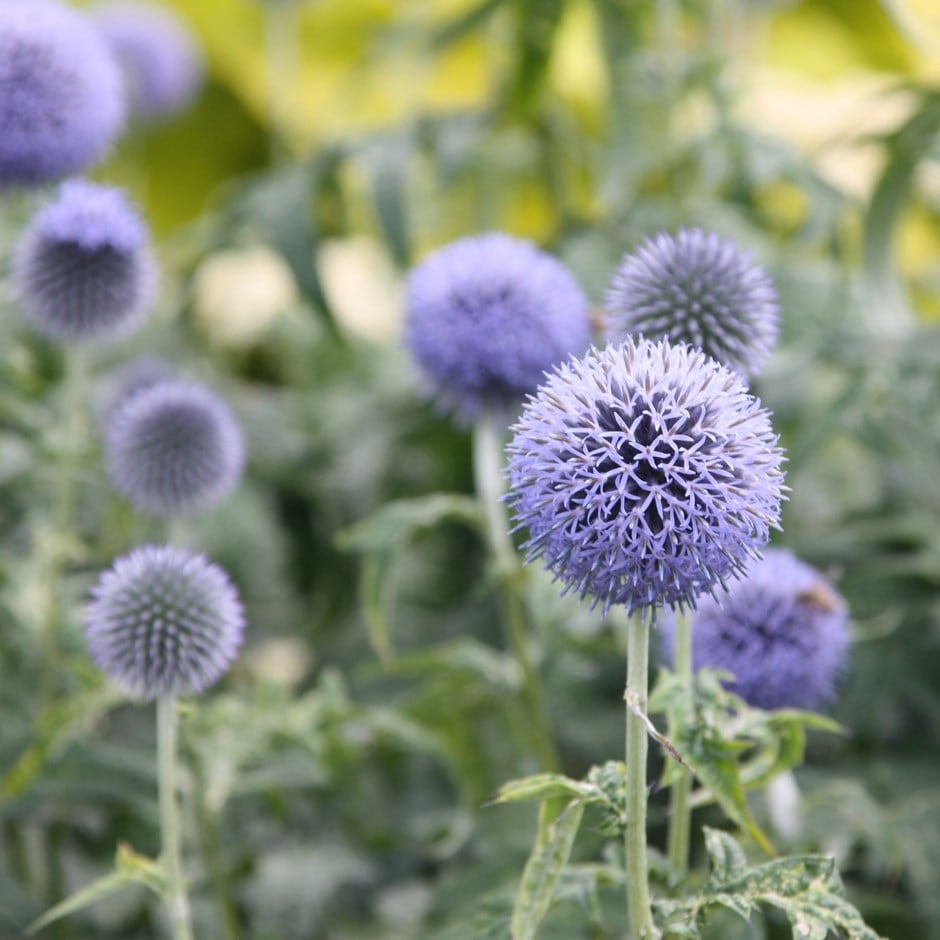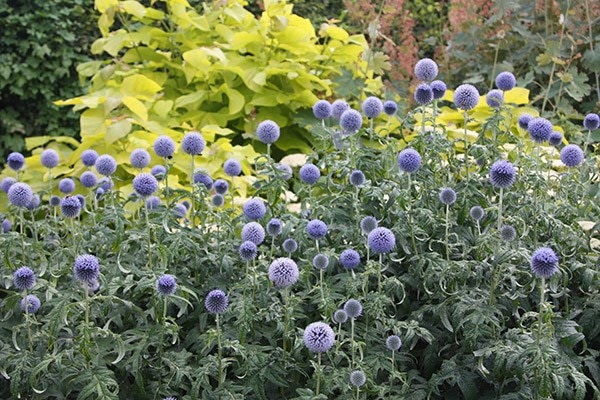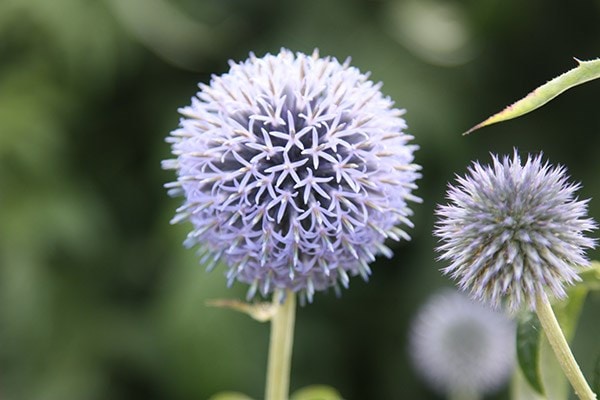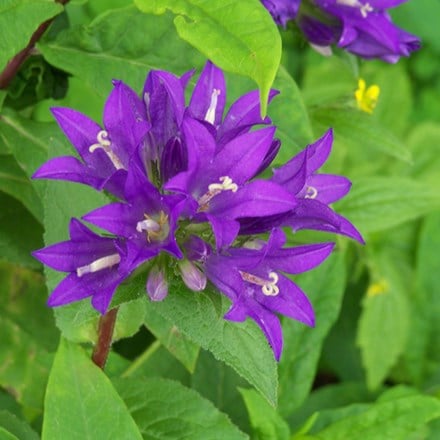Echinops bannaticus 'Taplow Blue'
blue globe thistle
- 9cm pot
- £9.99
- In stock (shipped within 2-3 working days)
- 3 × 9cm pots
- £24.99 £8.33 each
- In stock (shipped within 2-3 working days)
- 6 × 9cm pots
- £39.99 £6.67 each
- In stock (shipped within 2-3 working days)
Delivery options
- Standard £5.99
- Position: full sun
- Soil: moderately fertile, moist, well-drained soil
- Rate of growth: average
- Flowering period: July to August
- Hardiness: fully hardy
Spherical, bright blue flower-heads up to 5cm (2in) across in July and August and prickly, grey-green leaves. This gorgeous globe thistle is highly attractive to butterflies and bees.
An eye-catching, yet undemanding perennial for the back of a herbaceous or mixed border, Echinops bannaticus is best planted in poor, well-drained soil in full sun.
An eye-catching, yet undemanding perennial for the back of a herbaceous or mixed border, Echinops bannaticus is best planted in poor, well-drained soil in full sun.
Echinops do well in a variety of soil types, including poor or dry soils, as long as they are well-drained. This tap-rooted plant is best left undisturbed after planting, as it can be challenging to divide or transplant once established.
To prolong flowering and prevent self-seeding, deadhead the spent blooms, though leaving them can provide a winter food source for birds, and add winter food source for birds, and add winter interest as the frost highlights their architectural form.
To prolong flowering and prevent self-seeding, deadhead the spent blooms, though leaving them can provide a winter food source for birds, and add winter food source for birds, and add winter interest as the frost highlights their architectural form.






